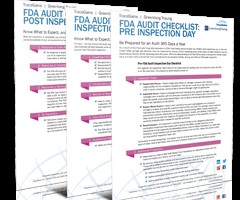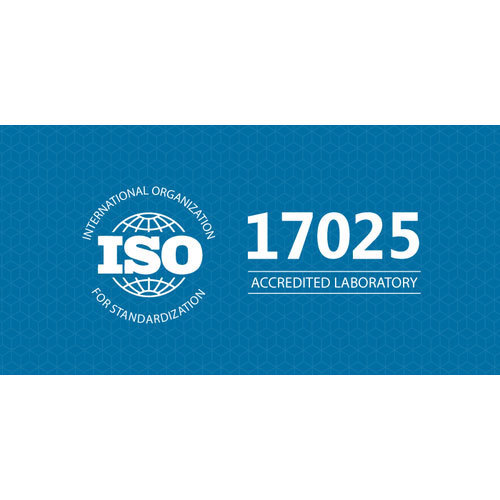For all of today’s growing acceptance and legitimacy with cannabis, the reality is that today’s operators – whether growers/producers or dispensary operators – still face risks in running their businesses. If, in the old days, a customer got deathly ill from cannabis contaminated with something from somewhere during the distribution chain, oh, well. But now that there’s a legal system of checks and balances; there’s recourse when issues arise.
The problem is that the business is so new that most people don’t know what they don’t know about mitigating those risks. And that, unfortunately, extends to many in the insurance business who need to be doing a better job helping put the right protections in place.
One grower bemoaned to me at a cannabis trade show, “I sure wish I could insure my crops.” What? “You can,” I told him. His old-school ag broker didn’t know any better and didn’t do him any favors with his ignorance. But it brought home the point: We have to start treating cannabis like the real business it is.
Reviewing the existing insurance policies of today’s cannabis businesses uncovers some serious gaps in coverage that could be financially crippling if not downright dangerous should a claim be triggered. Retail dispensaries, for example, are high-cash businesses, making banking and trusted employees a must-have.Today’s cannabis businesses need to understand there will be risks but they are a lot more manageable than in the old days.
And a close eye must be cast to lease agreements for hidden exposures, too. We know a Washington state grower that had no property insurance on its large, leased indoor growing facility. The company’s lease made its owners, not their landlord, responsible for any required building improvements. It was one of a variety of serious exposures that had to be fixed.
Today’s cannabis businesses need to understand there will be risks but they are a lot more manageable than in the old days. Rather than find themselves under-insured, they can start by learning what they probably have wrong about insurance. Dispelling three of the most common myths is a good place to start.
Myth #1: Nobody will insure a cannabis business.
Not remotely true. You can and should get coverage. Think property and casualty, product liability, EPLI and directors and officers, employee benefits and workers comp. Additionally, you should be educated on what crop coverage does and doesn’t cover. Depending on your business’ role in production and distribution, you might also consider cargo, stock throughput, auto, as noted, crime and cyber coverage. It pays to protect yourself.
Myth #2: If my business isn’t doing edibles, I don’t have to worry about product liability insurance.
The reality is that product liability may be the biggest risk the cannabis industry faces, at every level on the supply chain. There’s a liability “trickle down” effect that starts with production and distribution and sales and goes down to labeling and even how the product is branded. Especially when a product is an edible, inhalable or ingestible with many people behind it, the contractual risk transfer of product liability is an important consideration. That means the liability is pushed to all those who play any role in the supply chain, whether as a producer or a retailer or an extractor. And all your vendors must show their certificates of insurance and adequate coverage amounts. Don’t make the mistake of being so excited about this new product that you don’t check out the vendors you partner with for this protection.
Myth #3: Any loss at my operation will be covered by my landlord’s policy.
As the example I cited early illustrated, that’s unlikely. Moreover, your loss might even cause your landlord’s insurance to be nullified for having rented to a cannabis business. It’s another reason to examine your lease agreement very carefully. You want to comply with your landlord’s requirements. But you also need to be aware of any potential liabilities that may or may not be covered. Incidentally, even if your landlord’s policy offers you some protection, your interests are going to be best served through a separate, stand-alone policy for overall coverage.
These are interesting times for the burgeoning legal cannabis business. Getting smart – fast – about the risks and how to manage them will be important as the industry grows into its potential.


































